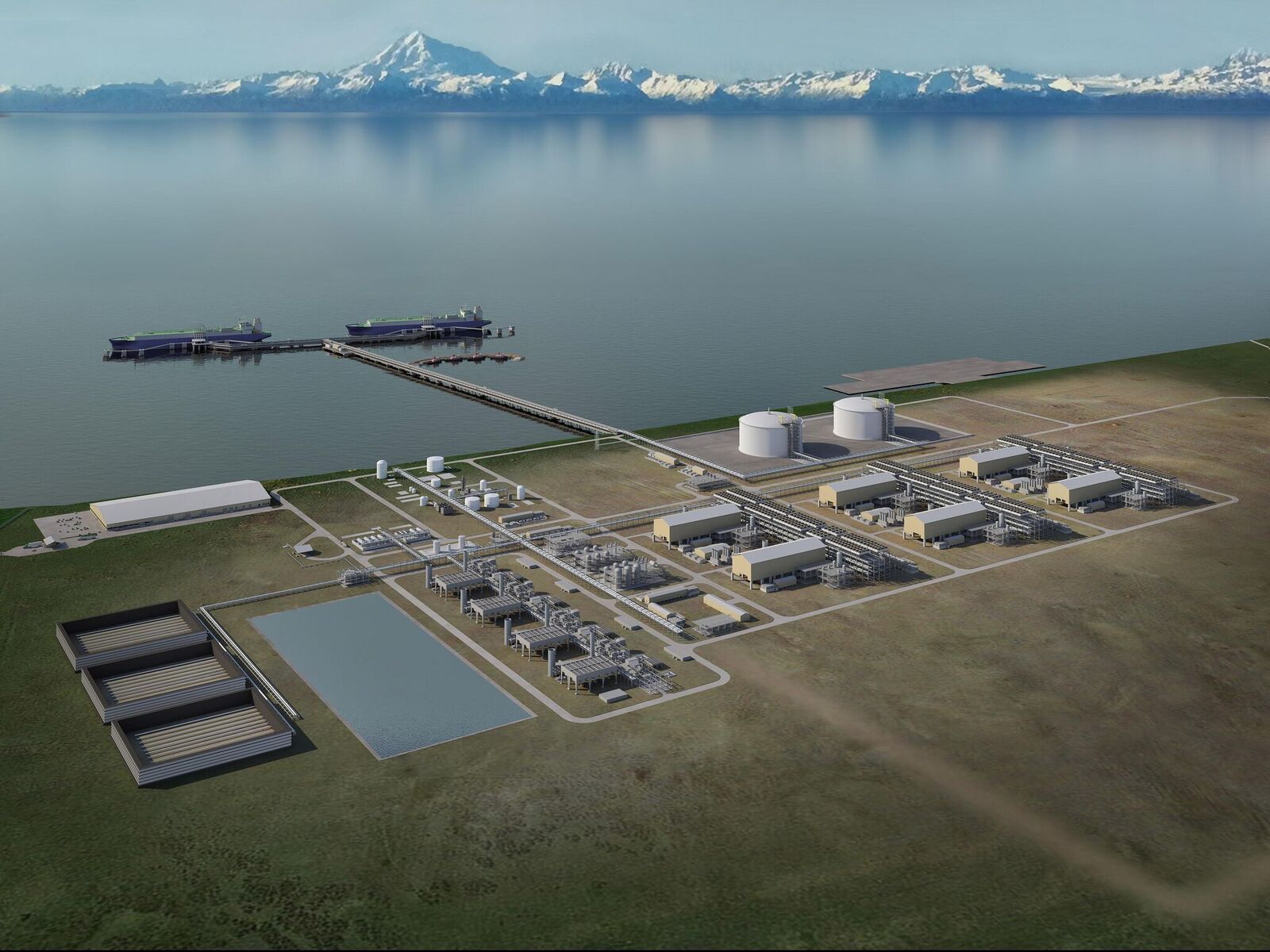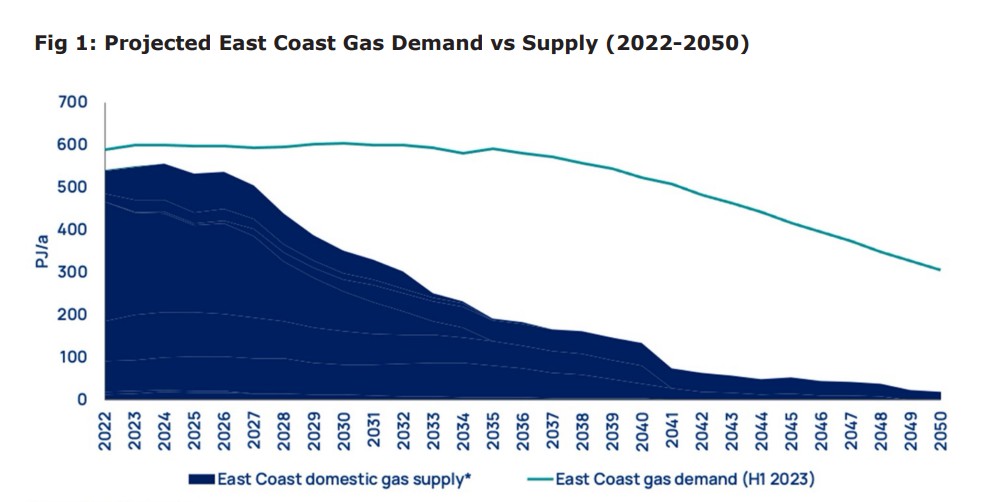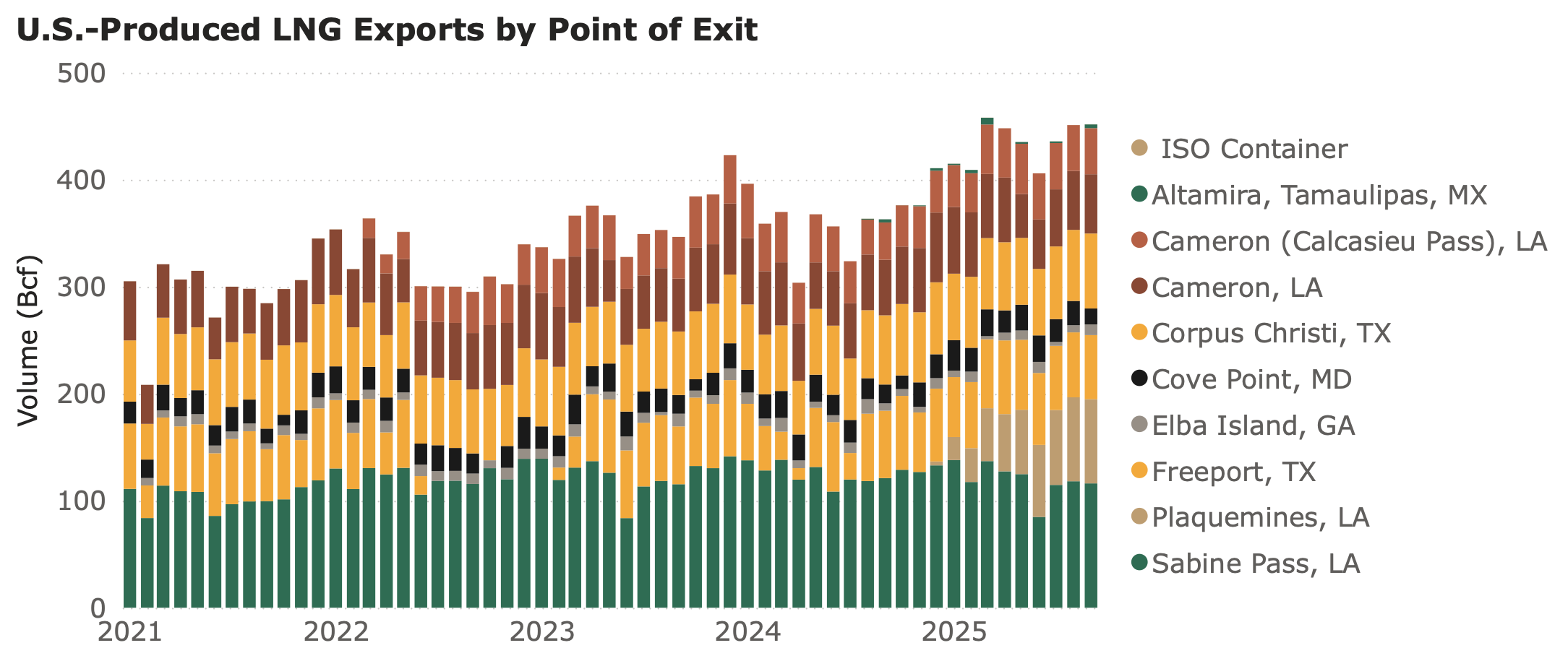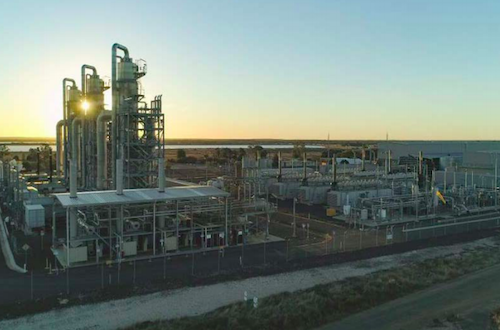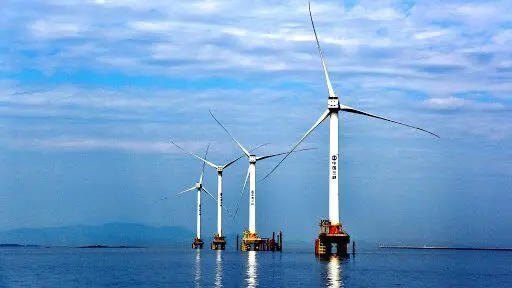
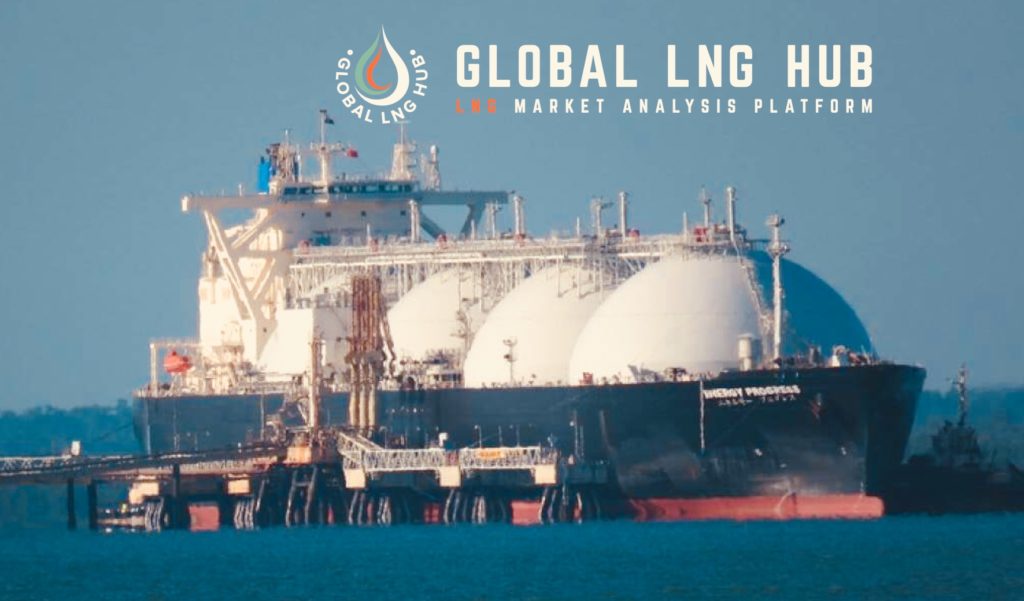
This paper provides a summary on recent developments in the global liquefied natural gas (LNG) industry and discusses prospects for capacity development in the mid-term future.
During the early years of the industry, most of the worlds LNG export infrastructure remained under state control and the industry was characterized by inflexible bilateral long-term supply agreements with take-or-pay and destination clauses.
In today’s LNG market, new flexibility in trading patterns comes from changes in the structure of long-term contracts. In addition, short-term agreements and spot transactions gain in importance.
The first export projects without having sold total volume based on long-term contracts are moving forward. LNG suppliers and buyers increasingly integrate vertically along the whole value chain. Some companies invest in an entire portfolio of LNG export, shipping, and import positions, enabling them to conduct flexible trades and to benefit from regional price differences. In contrast, some new entrants invested in non-integrated LNG import terminals operating them as tolling facilities or speculating for short-term deliveries.
However, the non-integrated players still have to prove to be successful in an industry, which a long time has been a sellers’ market without major uncommitted export capacities, and in which also in the longer-term future, once, the economic crisis is overcome, importers are expected to continue to compete for global supplies.

